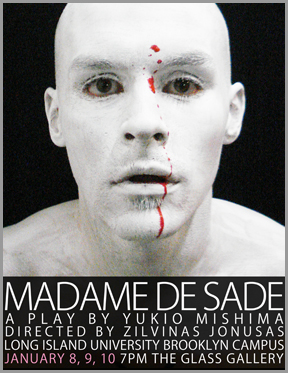
 |
|---|
 |
 |
 |
 |
 |
 |
 |
 |
 |
 |
 |
 |
 |
DIRECTOR’S NOTES
I have always been fascinated by human nature and behavior; these have become the engine for all my creative work.
When we remove the masks we wear in our everyday lives, we are different. Only those with whom we are very intimate know our unmasked selves, the fragility of our souls and our raw senses. Paraphrasing Mishima, the image this makes can be “pretty as a rose, disgusting as a snake, sweet as a rabbit or frightening as a lion.” Still, we cherish this image because it is close to us, and because we want to experience most of what is given to us by life. Sometimes we don’t realize that if our senses ruled, we could become free of the restrictions dictated by society.
After reading Mishima’s semi-autobiographical Confessions of a Mask, I came to realize that Mishima lived his life hidden behind masks created by his writings, persona and intellect. Even now, some people wish to keep him hidden behind a mask, but art reveals everything invisible to the naked eye. In the words of the play’s Saint-Frond, “besides such peaceful landscapes, [immorality] has valleys belching forth sulfurous fire, wastelands, forests haunted by wild beasts, abandoned wells…”
To borrow another image from the play, life has given me a telescope through which I have been allowed to view reality. I can use that telescope to look deep into human nature and reveal through the art of theater what is hidden from the naked eye. That is what made me fall in love with Mishima’s Madame de Sade.
A Japanese male writer who wrote a play about women and their involvement with the Marquis de Sade removed their masks through his writing. Now it is my turn to unmask those characters on the stage. In this process it became obvious to me that what we feel or experience doesn’t have a gender.
The fact that Mishima grew up as a fan of Japanese theater and wrote plays for traditional Japanese theater was a perfect cue to use some elements of Kabuki, Bunraku and Noh. The masked actors lose their masks during the play, revealing to us what is really hidden in their souls.
Drawing on my own experience in European theatrical traditions, I was intrigued by the idea of mixing European and Japanese styles to perform a story about European aristocrats written by a son of the Japanese aristocracy.
ABOUT THE AUTHOR,
Yukio Mishima (1925-1970)
Yukio Mishima was many people. The best known in Japan of the writers to emerge there after World War II, he was by far the most published abroad. Mishima completed his first novel the year he entered the University of Tokyo. More followed (some twenty-three, the last completed the day of his death in November 1970), along with more than forty plays, over ninety short stories, several poetry and travel volumes and hundreds of essays. Influenced by European literature, in which he was exceptionally well read, he was an interpreter to his own people of Japan’s ancient virtues, to which he urged a return. He had sung on the stage, starred in and directed movies and was a noted practitioner of Japan’s traditional martial arts. He seemed to be at the height of his career and vitality at the age of forty-five, when after a demonstration in the public interest he committed suicide by ceremonial seppuku.
--from the cover biography of Confessions of a Mask by Yukio Mishima, published by New Directions Publishing Corporation, 1958.
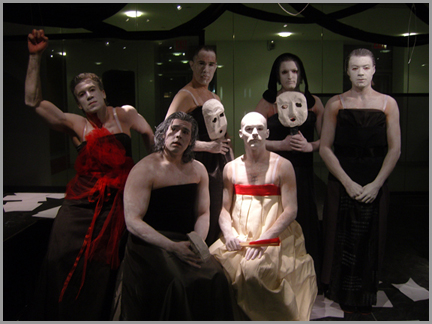 |
|---|
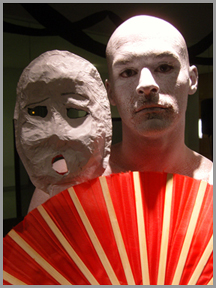 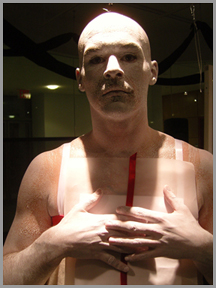 |
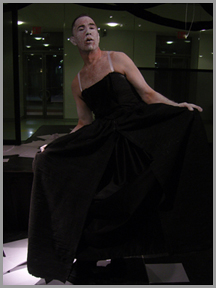 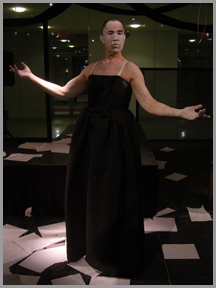 |
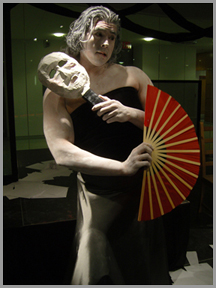 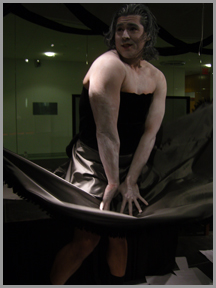 |
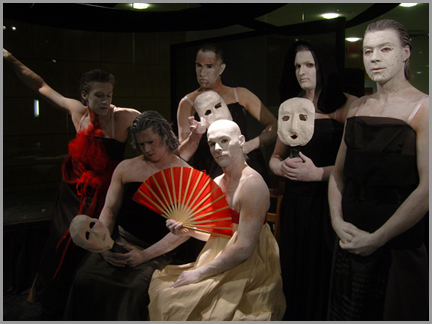 |
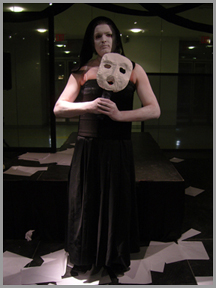 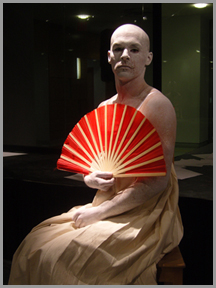 |
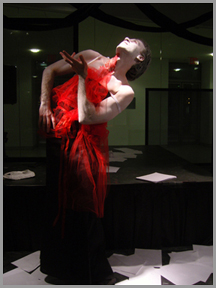 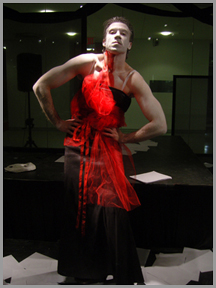 |
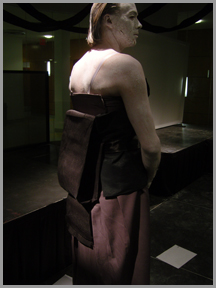 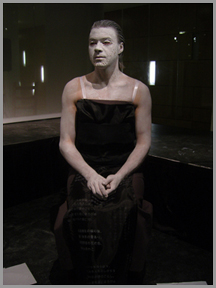 |
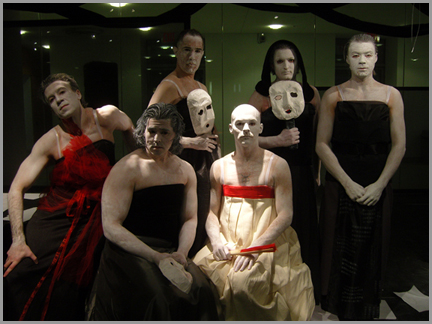 |







